The USA as a sovereign state was established by the Declaration of Independence, a document ratified by the Second Continental Congress on July 4, 1776. The legal separation actually happened two days earlier when Congress approved the resolution of independence, while the declaration itself explains this crucial decision. The declaration was written by five committee members. Thomas Jefferson was the author of the first draft.
Most Americans know at least some of these historical facts when every fourth of July, the celebrations all over the states start. This federal holiday is marked by barbecues, family gatherings, and picnics on smaller and carnivals, fireworks, and parades on larger scales. Speeches and sports events are important parts of celebrations as well. Decoration, of course, is dominated by the colors of the flag of the USA. If you are not familiar with the meanings behind the most important symbols of the Fourth of July, here is your chance to learn something new.
Let me explain the top 10 symbols of the 4th of July.


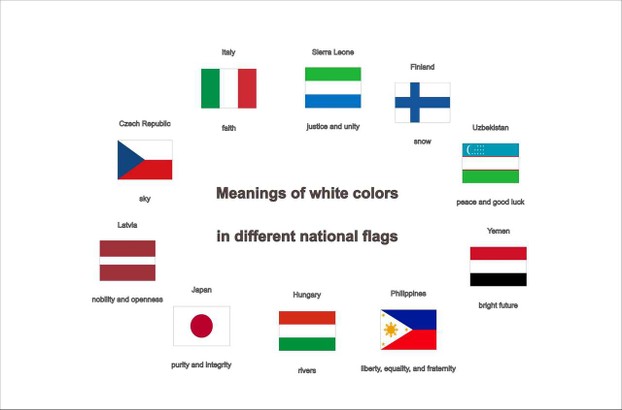
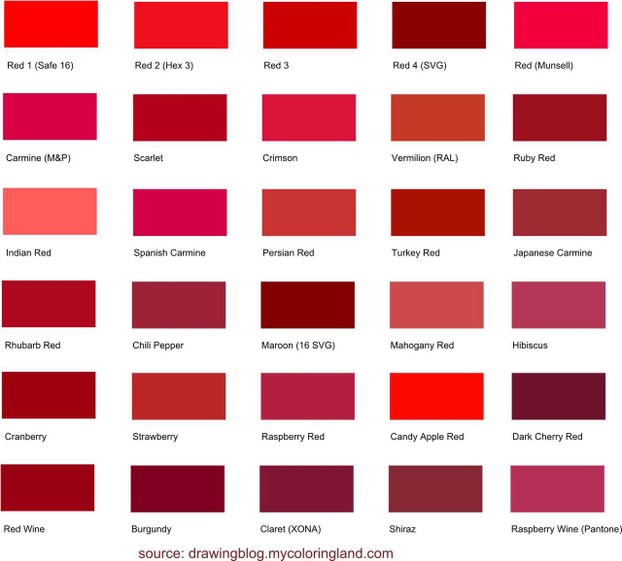
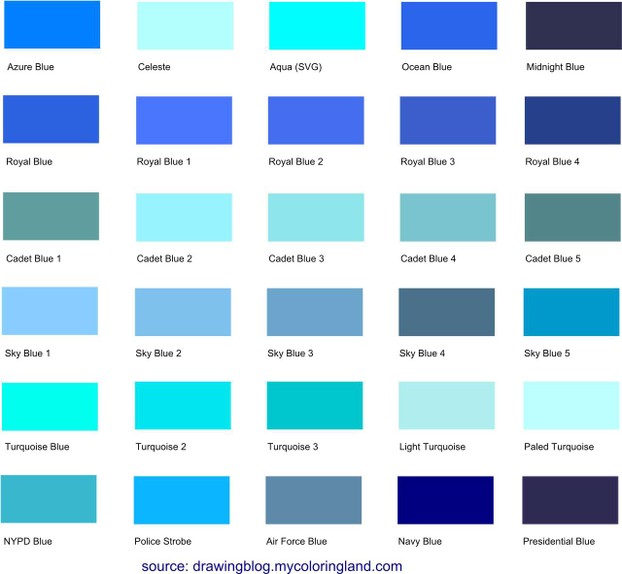
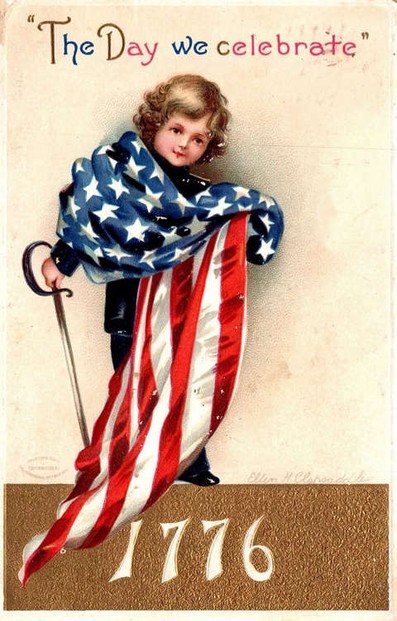
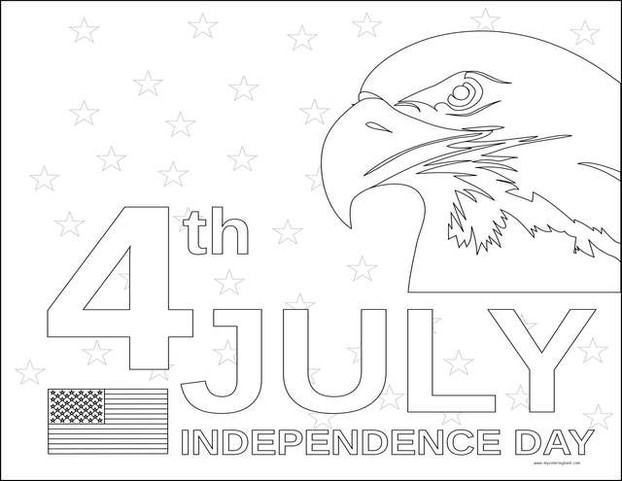
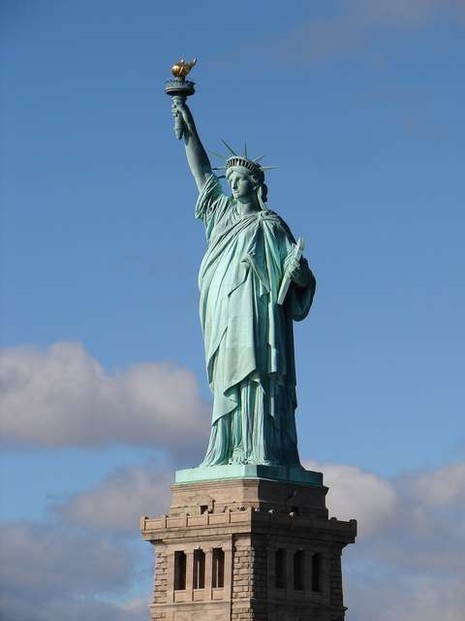
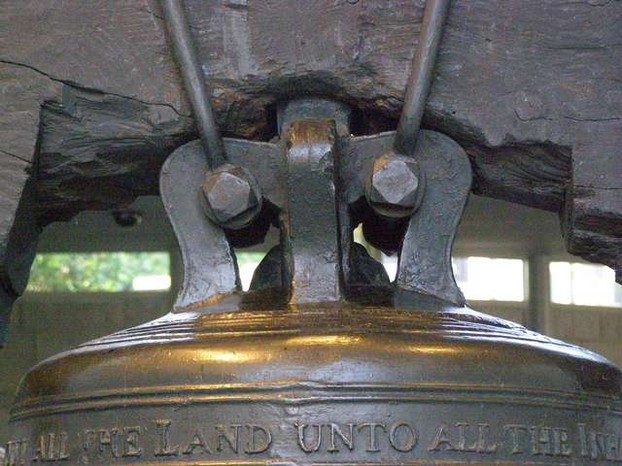
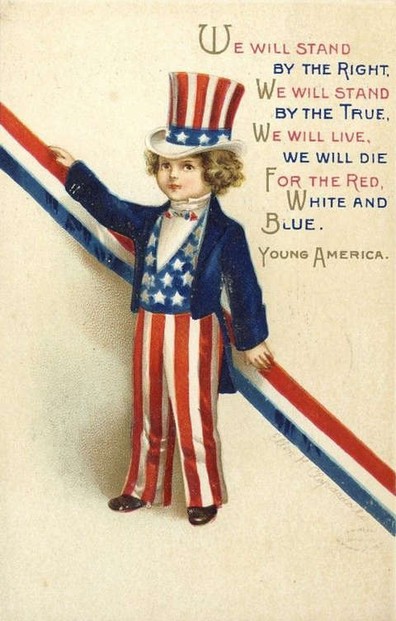
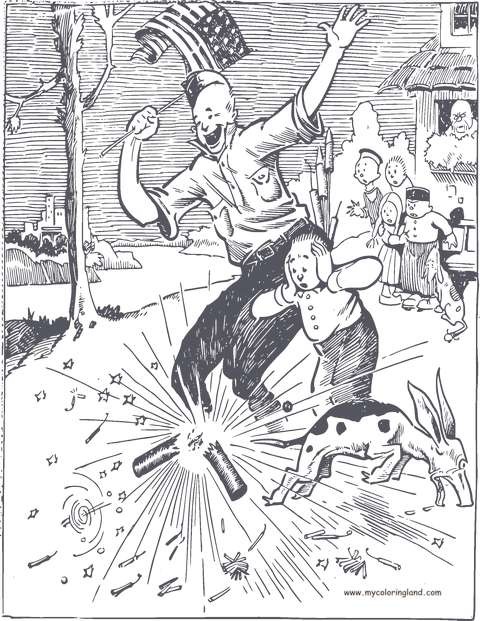
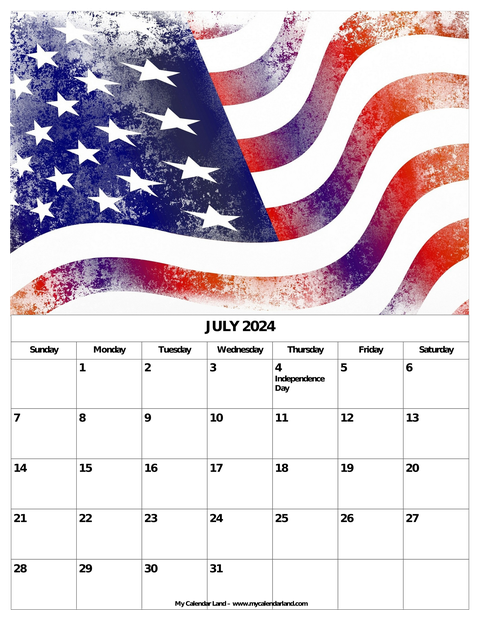
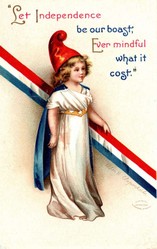

 Vintage Postcard Artists with 10 Examples of Easter Cardson 02/21/2025
Vintage Postcard Artists with 10 Examples of Easter Cardson 02/21/2025
 Valentine's Symbolson 01/23/2025
Valentine's Symbolson 01/23/2025
 Thanksgiving Symbolson 11/12/2024
Thanksgiving Symbolson 11/12/2024
 Famous Witches in Literary Historyon 10/06/2024
Famous Witches in Literary Historyon 10/06/2024
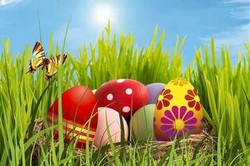
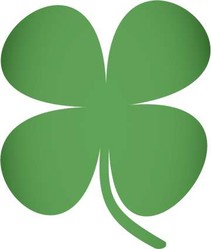
What is Your Favorite Symbol of the Independence Day?
A public domain picture from Pixabay or Openclipart was used for this image.
The original bell in Philadelphia, hanging from the breach, was much smaller. The bell, which is now called Liberty Bell, was/is too heavy for that. It was ordered when the tower for it was already built.
Yes, Ljubljana has a lot of trees and parks. It's a lovely city and I hope it stays this way. There are several legends connected with our dragon. Jason and Argonauts are in the most popular ones. But the dragon stays mysterious and I think he might be right;)
The in-text image just above the 10th subheading, Fireworks and balloons, does not display the artist name.
Is there any information beyond that image linking with the mycoloringland site?
The Liberty Bell originally hanging from a tree branch intrigues me.
Online sources list American elms (Ulmus americana), American chestnuts (Castanea dentatum) and Franklinia (Franklinia alatamah) among trees still manifest on Independence Hall grounds.
My first guess for Liberty Bell-hanging might be an oak (Quercus) species. My guess from the above list might be American elms, another tree species monitored as so Unitedstatesian-beloved.
It would have to be a strong branch for Liberty Bell weight, wouldn't it?
Thank you for your comments below in answer to my previous observations and questions.
Ljubljana coat of arms-ing a dragon particularly appeals to me.
Online sources associate that dragon with Jason and the Argonauts!
Ljubljana communicates to urban-forest arborists -- such as myself ;-D -- a city commended consecutively, repeatedly for its tree community service, numbers, placements and size.
So perhaps that marsh-dwelling dragon comported her-/him-self well Ljubljana-ward if not Vrhnika-ward, right?
Might Vrhnika have the stellar tree-cover reputation of Ljubljana or might that dragon have directed her/his fiery breath toward there?
(Online sources place that dragon in a marsh-sided lake between Ljubljana and Vrhnika!)
As I said, I have a very long list of projects to work on...
Well, France love roosters, that's for sure:) There are also swans and geese in coats of arms. My city has a dragon... If you look, you'll find!
Your comment two boxes below, in answer to my previous observation and question, intrigues me.
Your comment mentions star symbolism as mandating a full article.
Might you be mulling a full-article wizzley on star symbolism in fairy tales?
(That would be as appreciated and informative and timeless and timely as your wizzley on forests in fairy tales ;-D!)
Thank you for your comments below in answer to my previous observations and questions.
Benjamin Franklin disliked displaying the bald eagle as independent-day bird! He instead favored the turkey.
Might any European countries have mustered up a bird such as a chicken or a turkey?